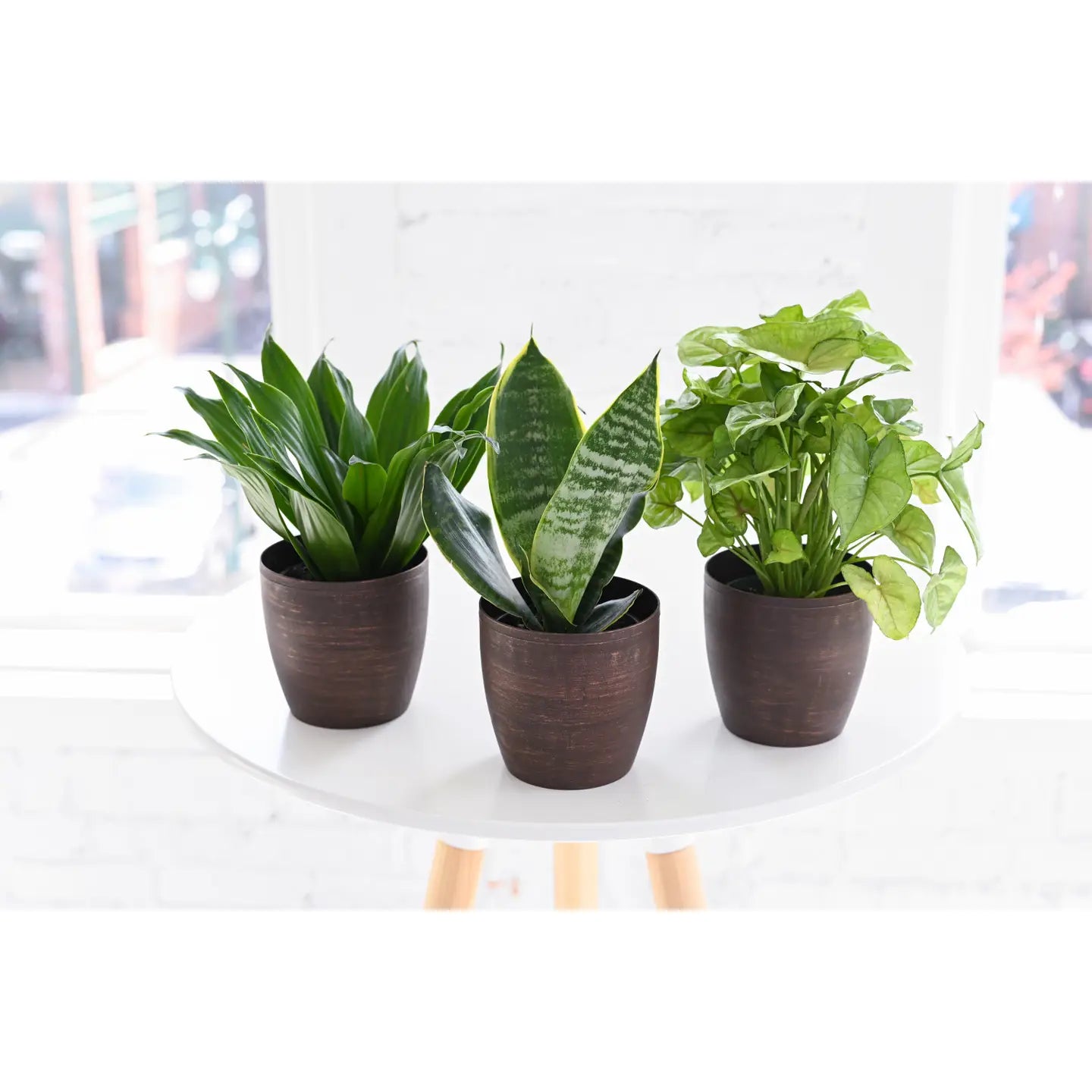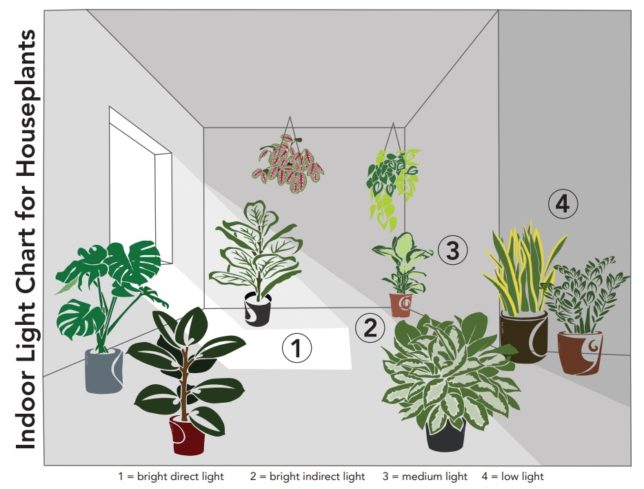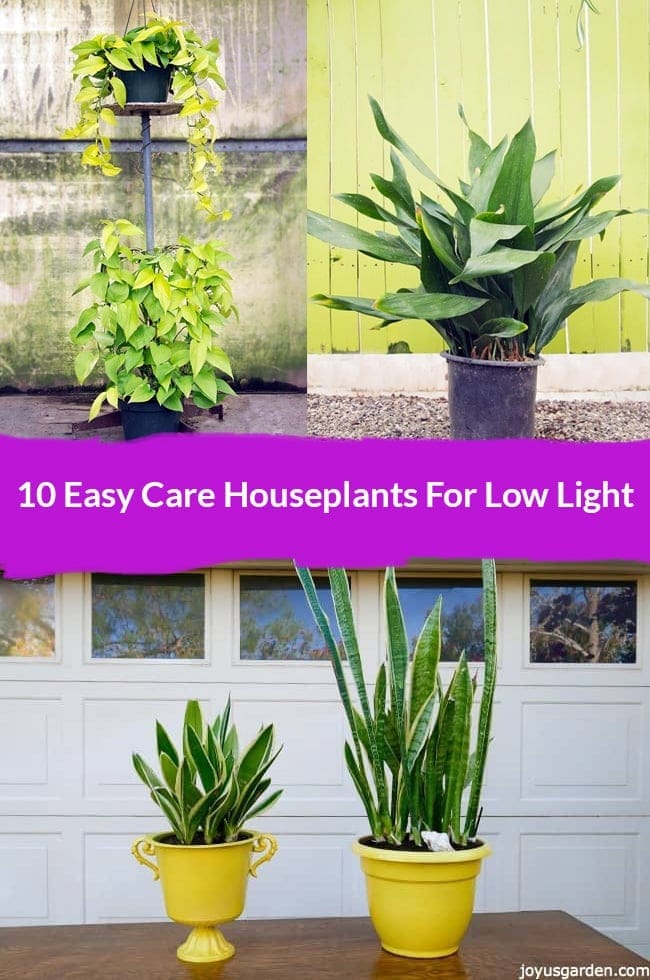The Best Low-Light Indoor Plants That Require Minimal Care and Attention
The Best Low-Light Indoor Plants That Require Minimal Care and Attention
Blog Article
Check Out the Unique Benefits of Low-Light Indoor Plants for Your Living Room
Incorporating low-light indoor plants right into your living space uses a plethora of advantages that prolong much beyond simple aesthetics. These sturdy plants not only grow in atmospheres with minimal sunshine but additionally offer vital features such as air filtration and moisture improvement.
Air Purification Benefits
Low-light interior plants not just boost the aesthetic charm of living spaces but additionally play a substantial role in air filtration. Study has demonstrated that particular plant types can efficiently get rid of common interior contaminants, including trichloroethylene, benzene, and formaldehyde. These substances frequently originate from house items such as furnishings, cleaning items, and structure materials, adding to interior air high quality issues.
Plants such as the serpent plant, pothos, and peace lily are particularly adept at filtering hazardous substances from the air while thriving in low-light problems. The procedure of phytoremediation, where plants absorb and metabolize toxic substances, makes it possible for these varieties to add substantially to a much healthier interior setting. In addition, via photosynthesis, plants launch oxygen, further improving air quality.
Integrating low-light indoor plants right into office or home spaces not only supplies visual advantages however likewise acts as a functional method for enhancing air top quality. By selecting the appropriate species, individuals can develop a setting that promotes well-being and reduces exposure to damaging contaminants, making these plants an important element in modern-day indoor living.

Mood Improvement Impacts
Countless researches have actually revealed that incorporating interior plants can substantially enhance state of mind and overall psychological health. The existence of greenery in indoor settings has actually been linked to minimized tension degrees, enhanced sensations of calmness, and improved emotional health and wellness. Low-light interior plants, particularly, grow in atmospheres where all-natural light is limited, making them best for various living areas.
Study indicates that engaging with plants can boost the launch of serotonin, a neurotransmitter connected with sensations of happiness and well-being. Furthermore, the act of taking care of plants cultivates a feeling of responsibility and accomplishment, additional adding to favorable psychological wellness end results. Furthermore, low-light plants such as snake plants, pothos, and peace lilies have been revealed to enhance air high quality, which is fundamentally linked to mood enhancement.
Incorporating these plants right into your office or home can produce a serene ambience, supplying a sensory and aesthetic getaway from the hustle and bustle of every day life - Best low-light indoor plants. As people spend increasing quantities of time inside, the mood-enhancing impacts of low-light indoor plants end up being much more important, giving not only visual charm however also an extensive effect on psychological well-being
Reduced Maintenance Demands
For those looking for to enhance their indoor rooms without a considerable time dedication, low-light interior plants are a suitable choice as a result of their reduced upkeep demands. These resistant plants thrive in less-than-ideal illumination problems, making them perfect for workplaces and homes where natural sunshine is limited.

Pest resistance is an additional advantage of low-light interior plants. Lots of varieties are less at risk to usual insects, decreasing the demand for consistent monitoring and intervention. In addition, these plants normally grow extra slowly than their high-light equivalents, implying much less frequent repotting and trimming are required.
Aesthetic Charm and Versatility

Furthermore, these plants can be prepared in myriad means, whether in groups for a lush impact or as standalone attributes to attract the eye. The options of planter designs-- from smooth ceramic pots to rustic wood containers-- further boost their aesthetic worth, permitting house owners to express their individual style.
In addition, low-light plants can be tactically put in locations that might or else feel disregarded, such as edges or poorly lit shelves, thus optimizing their ornamental capacity. Inevitably, the combination of their striking appearance and convenience makes low-light interior plants a valuable addition to any living area, producing a welcoming ambience that advertises health and leisure.
Improved Moisture Levels
Enhancing indoor humidity degrees is among the significant advantages of integrating low-light interior plants right into living rooms. These plants normally release dampness vapor via a process called transpiration, which takes place when water soaked up by the origins moves via the plant and evaporates from the fallen leaves. This procedure not only enhances moisture however additionally contributes to a much healthier indoor environment.
Improved moisture levels can ease various wellness problems, such as dry skin, respiratory system troubles, and allergic reactions. Lots of people experience pain in arid interior conditions, specifically throughout winter season when furnace are in use. By tactically placing low-light plants throughout your home, you can produce a much more balanced moisture level why not look here that fosters total wellness.
Furthermore, specific low-light indoor plants, like peace lilies and spider plants, are particularly efficient at increasing moisture. Their capacity to thrive in low-light atmospheres makes them excellent for various areas, from offices to bed rooms. In this contact form enhancement to boosting moisture, these plants can likewise boost air high quality by straining typical indoor pollutants, making them a beneficial addition to any kind of home. Hence, low-light indoor plants serve both functional and visual objectives, advertising a healthier environment.
Final Thought
In recap, low-light interior plants offer various advantages that add to a much healthier and much more inviting living area. Including these resilient plants into indoor settings not just boosts the setting but also promotes general wellness, establishing a relaxing shelter for homeowners.
Plants such as the serpent plant, pothos, and tranquility lily are especially skilled at filtering unsafe compounds from the air while growing in low-light problems. Low-light plants such as snake plants, pothos, and peace lilies have been revealed to boost air quality, which is inherently connected to mood improvement.
Low-light indoor plants, such as snake plants, pothos, and ZZ plants, not only boost the aesthetic landscape of a space yet also introduce different structures and shades of green that can complement varied interior designs. These plants naturally launch wetness vapor through a procedure known as transpiration, which takes place when water taken in by the roots relocates through the plant and vaporizes from the leaves.In addition, particular low-light indoor plants, like tranquility lilies and spider plants, are specifically efficient at increasing humidity.
Report this page